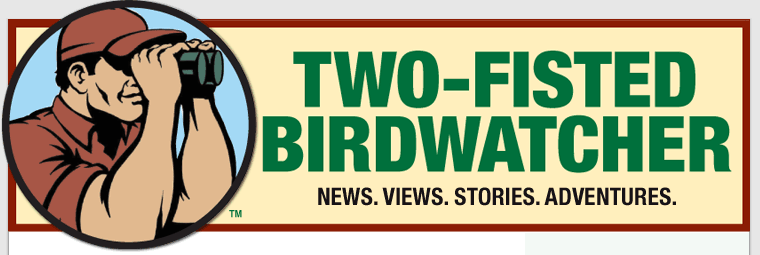Red-tailed Hawks must like roadsides. On the interstate through Wisconsin there’s one of these big birds on just about every mile marker. Predators need space. Maybe this one-mile stretch is what they worked out.
Even on Chicago expressways, Red-tails sit on light poles watching traffic move under them. Ask most drivers if they saw a hawk on their ride and they’ll say, huh?
But Red-tailed Hawks are common. Not just common; they’re everywhere. This added a bit of irony to a birding experience we had in Arizona…
We were riding off the map to look for birds we don’t normally see. The brochure advertised “Horseback Birding Tours.” Our guide was a nice guy and knew the trail, but didn’t really care about birds. So much for truth in advertising. In any case, birding usually involves the luck of the draw.
We did okay. I noticed Gambel’s Quail, Gila Woodpeckers, Rufous, Black-Chinned and Anna’s Hummingbirds, Steller’s Jays and Cactus Wrens (big for wrens). My wife saw a Roadrunner but I missed it. The Gila Woodpecker, an obvious relative of our Red-bellied, was new to me.
We rode through a shallow, fast-moving river and lowered the reins so our horses could see the slick stones on the river bed. The horses knew what they were doing, and stepped carefully.
After the crossing, we saw a large buteo fly heavily out of a tree. Our guide spoke: “Hawk,” he said with the proud smile of a guy who kept a promise.
It was a Red-tailed Hawk, like the ones in Wisconsin, Chicago and everywhere. We all liked seeing it. I’d have preferred one of the west’s Ferruginous Hawks. Still, the ride was good. I won’t forget the river crossing and the intelligence of horses.
But it made me wonder: Is a Red-Tailed Hawk that lives in wilderness any better off than those we see near cars? Do half-eaten burgers tossed on road-shoulders kick butt when compared to skinny jackrabbits? Does being near traffic make a hawk’s day less boring than it would be in quiet wilderness?
We don’t know, and the hawks aren’t telling. Like so many things, it probably just comes down to where you’re born. The luck of the draw.
